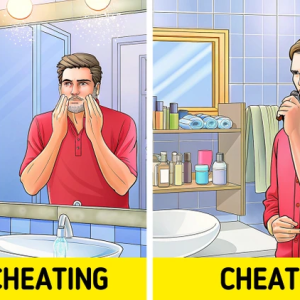Using a public restroom is often unavoidable, and for many, the instinctive reaction is to cover the toilet seat with toilet paper for added protection. It feels like a simple, logical barrier against bacteria and germs. However, research suggests that this common practice doesn’t actually safeguard you the way you might think. In fact, it could be doing more harm than good.
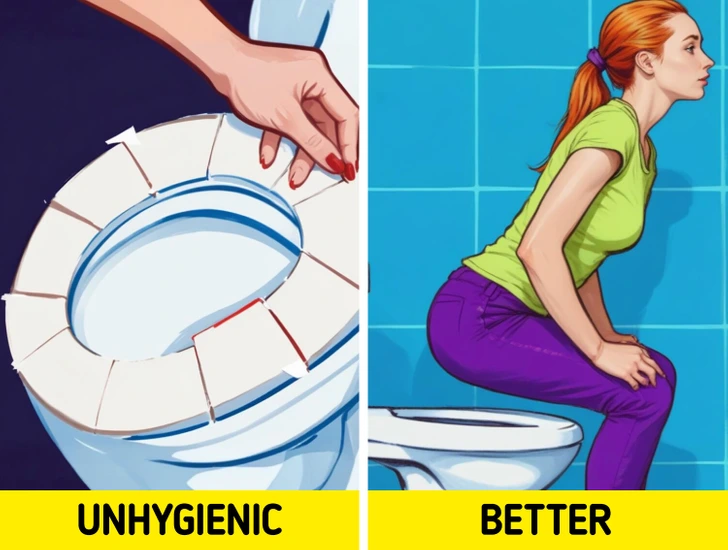
Public Restrooms Are Full of Bacteria—But Not Where You Think
Every time a toilet is flushed, microscopic particles of fecal bacteria get released into the air, settling onto various surfaces in the restroom. This means bacteria aren’t just lurking on the toilet seat—they’re also found on walls, sinks, door handles, soap dispensers, and most surprisingly, on toilet paper rolls. Since toilet paper is highly absorbent, it provides an ideal breeding ground for bacteria to multiply.
While some public restrooms use covered dispensers to minimize contamination, many do not. And since not all toilets have lids, flushing without one allows bacteria to spread freely throughout the space. So, if your goal is to avoid germs, the toilet seat itself might not even be your biggest concern.
Video:
Stop Putting Toilet Paper on Public Toilets, Here’s Why
The Toilet Seat May Not Be the Dirtiest Part of the Bathroom
Contrary to popular belief, toilet seats are often cleaner than other frequently touched surfaces in public restrooms. According to microbiologist Charles Gerba, objects that come into contact with unwashed hands, such as door handles, sink faucets, and toilet paper dispensers, actually pose a greater risk of contamination than the seat itself.
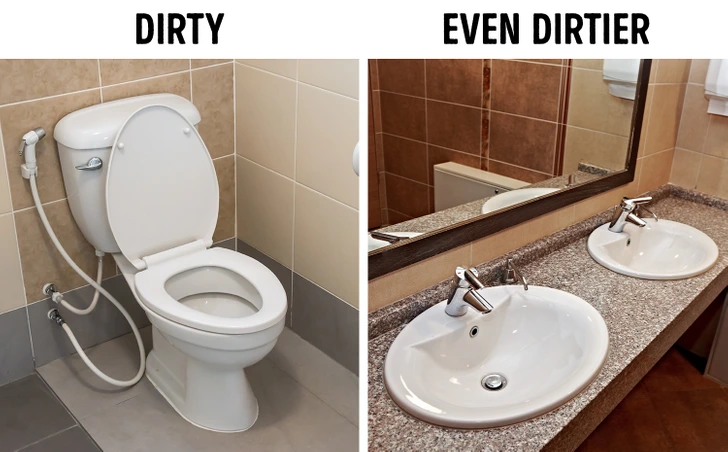
In comparison, toilet seats are less likely to harbor dangerous bacteria, especially because many people either wipe them down or avoid direct contact altogether. So while sitting on a public toilet might feel unpleasant, it’s not necessarily the most hazardous thing you can do in a restroom.
Why Toilet Paper Doesn’t Offer Real Protection
If toilet paper is already exposed to airborne bacteria, using it as a barrier doesn’t provide any true protection. Instead of shielding you from germs, you might actually be transferring bacteria from the contaminated toilet paper onto your skin.
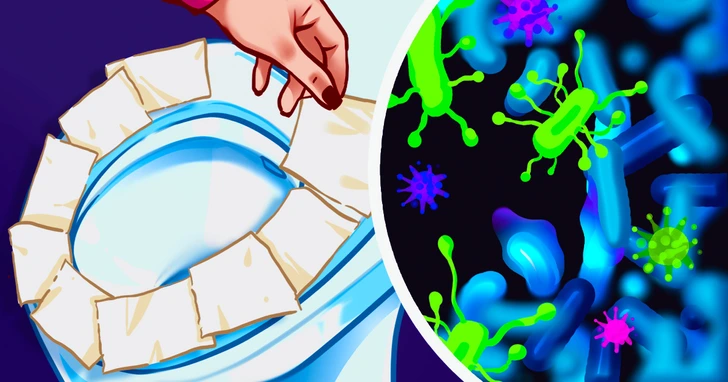
A better alternative is to carry personal sanitary tissues or disinfectant wipes to wipe down the seat before use. If those aren’t available, hovering above the seat or using a disposable toilet seat cover (if provided) is a more effective way to avoid direct contact.
Are You at Risk of Infection from a Toilet Seat?
Despite the bacterial presence in public restrooms, the risk of actually getting sick from a toilet seat is extremely low. Most bacteria and viruses don’t survive long on hard surfaces like plastic or porcelain. For an infection to occur, bacteria must enter the body through an open wound or the urethral tract, which is highly unlikely from simply sitting on a seat.
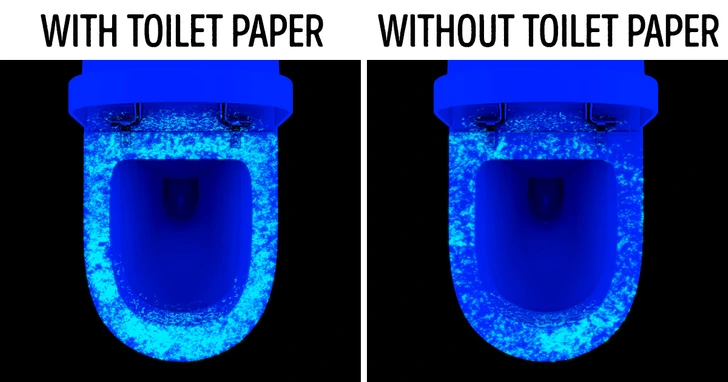
As long as you practice proper hygiene, your immune system is fully equipped to handle minor exposure to germs found in public restrooms.
How to Stay Safe in a Public Restroom
While the chances of infection are low, following these smart hygiene practices can further reduce your risk of exposure:
Video:
How to Use a Public Toilet!!
✔ Wash Your Hands Thoroughly – A quick rinse won’t do the job. Use soap and scrub for at least 20-30 seconds to remove bacteria effectively.
✔ Avoid Touching High-Contact Surfaces – Use a paper towel or tissue to turn off faucets, flush the toilet, and open doors instead of using your bare hands.
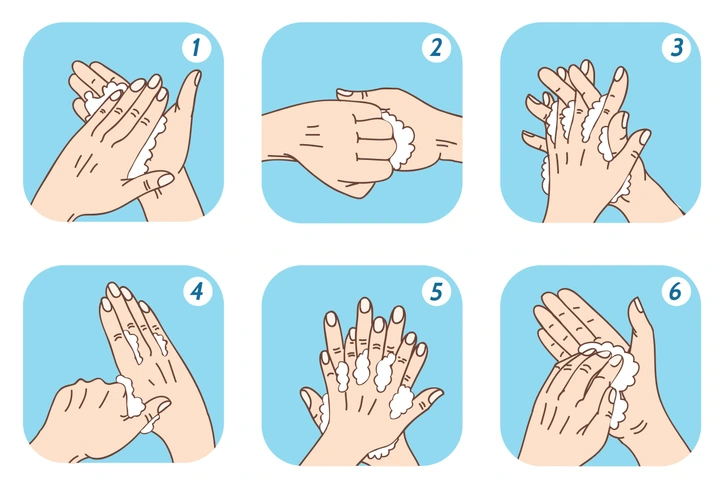
✔ Keep Personal Items Off Restroom Surfaces – Avoid placing bags, phones, or other items on sinks, floors, or toilet paper dispensers, as these areas tend to have high bacterial loads.
✔ Refrain from Touching Your Face – Wait until you’ve washed your hands before touching your eyes, nose, or mouth to prevent the spread of germs.
Final Thoughts: Skip the Toilet Paper Trick
While it may feel reassuring to cover a toilet seat with layers of paper, science suggests it’s not an effective way to prevent exposure to bacteria. In fact, the toilet paper itself may be contaminated, making it an unreliable solution.
Instead, focus on proper handwashing, avoiding high-touch surfaces, and carrying disinfectant wipes for peace of mind. Public restrooms may not be the cleanest places, but with the right precautions, you can protect yourself without unnecessary habits that don’t actually work.

